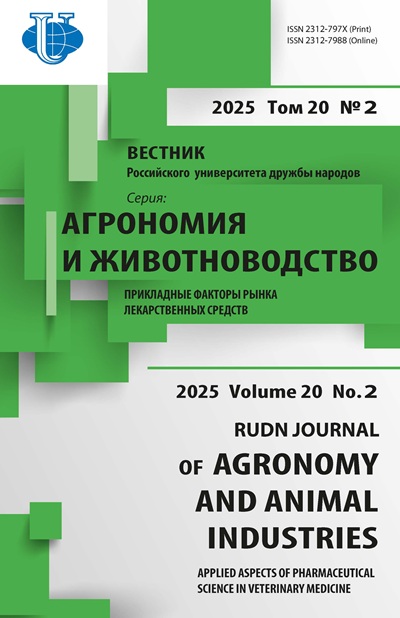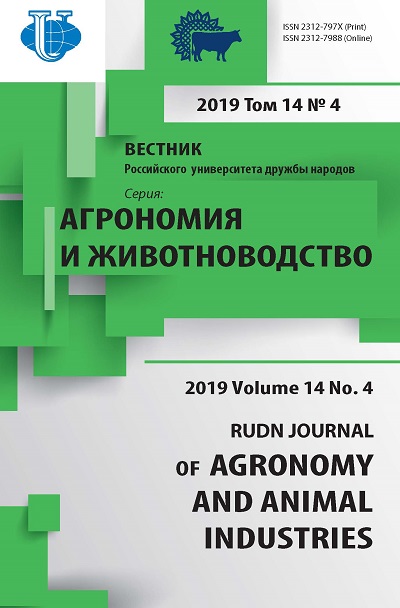Socio-economic impacts of the exploitation of the marshes of Kayanza province in the Northern Burundi: case of marshes of the average Ruvubu and its tributaries
- Authors: Nijimbere G.1, Suprunov A.I1, Banyankimbona G.2
-
Affiliations:
- Kuban State Agrarian University
- University of Burundi
- Issue: Vol 14, No 4 (2019)
- Pages: 511-519
- Section: Agroeconomics
- URL: https://agrojournal.rudn.ru/agronomy/article/view/19534
- DOI: https://doi.org/10.22363/2312-797X-2019-14-4-511-519
- ID: 19534
Cite item
Full Text
Abstract
Keywords
About the authors
Gilbert Nijimbere
Kuban State Agrarian University
Email: gilbert.nijimbere@ub.edu.bi
PhD student, Kuban State Agrarian University, Faculty of Agriculture and Ecology, Department of Genetics and Plant Breeding Krasnodar, Russian Federation
Anatoly I Suprunov
Kuban State Agrarian University
Email: suprunov-kniisx@mail.ru
Doctor of Agricultural Sciences, Professor, Department of Selection, Genetics and Seed production Krasnodar, Russian Federation
Gaspard Banyankimbona
University of Burundi
Email: gaspard.banyankimbona@ub.edu.bi
Doctor of Sciences, University of Burundi, Faculty of Sciences, Department of Biology Bujumbura, Burundi
References
- Skinner J, Beaumond N, Pirot JY. Manuel de formation pour sur la gestion des zones humides tropicales. Gland, Suisse: UICN; 1994.
- Djondo M. Note conceptuelle pour la célébration de la journée mondiale des zones humides, Coalition verte, Bénin; 2011. 2 p.
- DNCN. Politique nationale des zones humides du Mali. 2003.
- Loulidi S, Mekouar MA. Projet de loi sur les marais au Burundi. Etudes juridiques de la FAO en ligne; 2001.
- Sheta T. Schéma directeur d’aménagement et de mise en valeur des marais. Projet PNUD/FAO «Appui à la restauration et à la gestion de l’environnement», Bujumbura; 1999. 87 p.
- Gahiro L. Compétitivité des filières rizicoles burundaises: le riz de Imbo et le riz des marais [Dissertation]. Gembloux; 2011.
- MINGRIE: Production et superficie de cultures vivrières au Burundi, Bujumbura; 2010. 122 p.
- FAO / PNUD, 2004: Plan directeur pour le développement et l'aménagement des marais, 42 p.
- ISTEEBU. Rapport sur les projections démographiques 2008-2030. Bujumbura; 2013.
- Sidi MT, Yameogo MAE. Enquête Nationale agricole du Burundi 2011-2012. Saison A. 2013.
- Nzigidahera B. Ressources biologiques sauvages du Burundi: Etat des savoirs traditionnels. Bujumbura; 2007.
- Nzigidahera B. Etude de base pour la réhabilitation de la réserve naturelle de la Rusizi. Bujumbura; 2008.
- Nzigidahera B. Plan de gestion et de développement de la réserve naturelle de Malagarazi, Bujumbura, 71; 2009. p. 16-23.
- Nzigidahera B. Plan de gestion et d'aménagement des paysages aquatiques protégés de Bugesera, 79; 2009. p. 31-37.
Supplementary files















